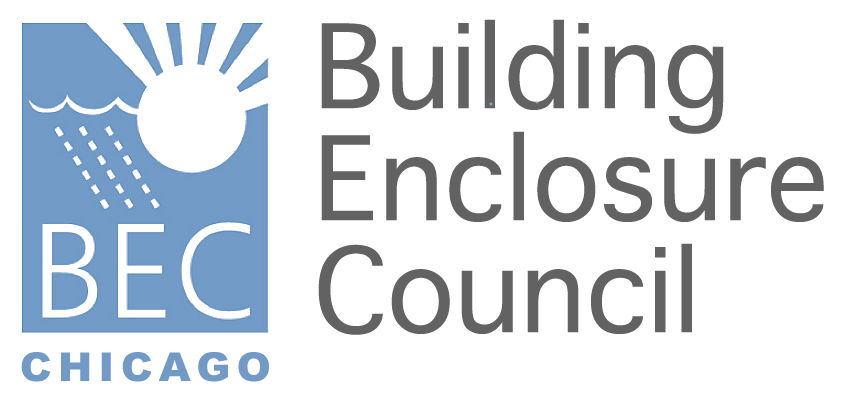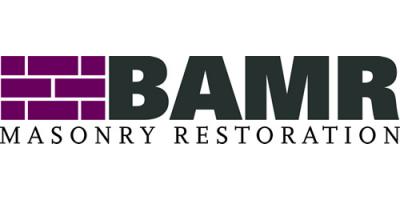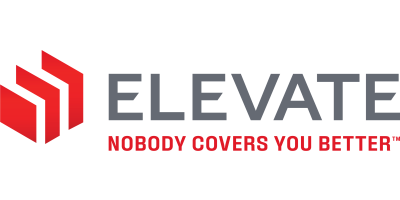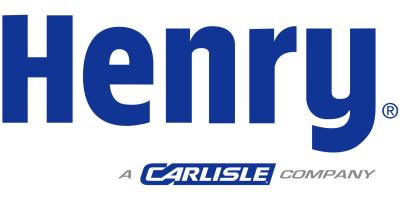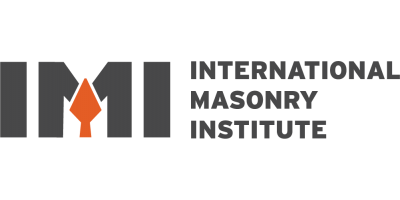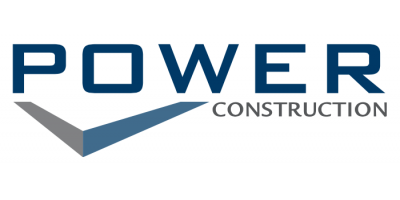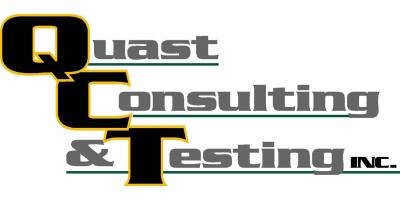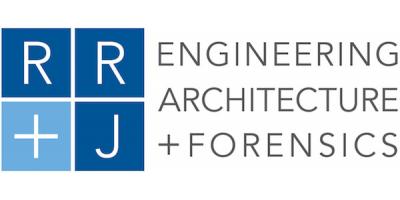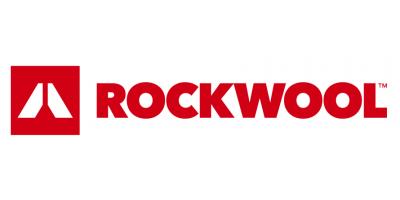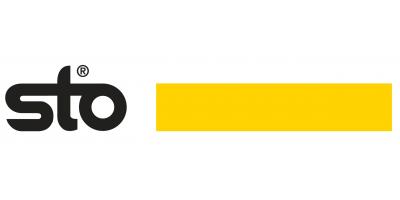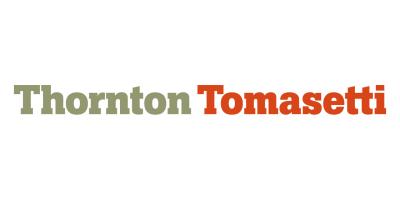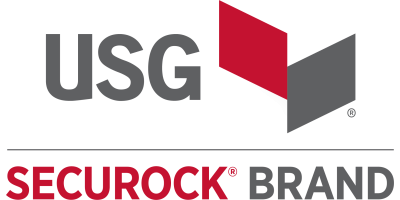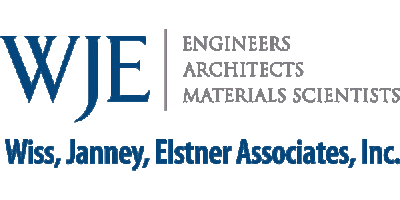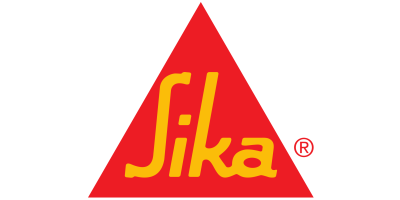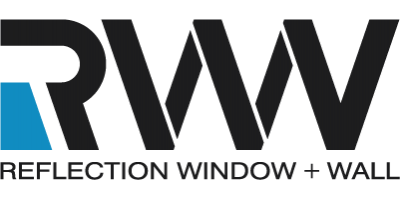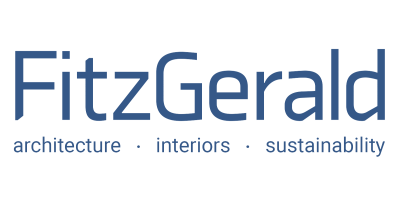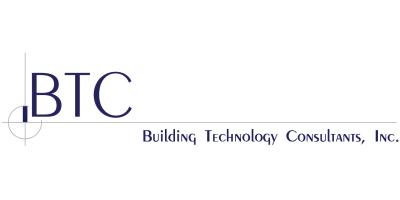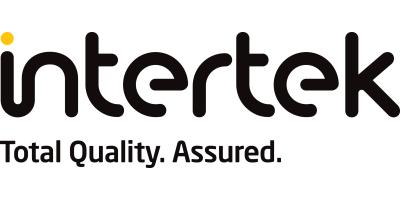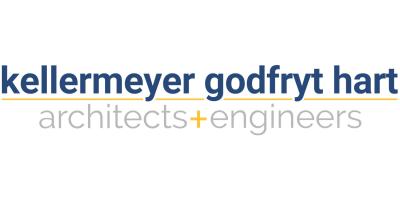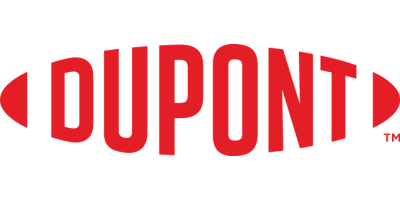| Location | 225 North Michigan, Suite 1100, Chicago (Cannon Design) |
Abstract:
In recent years, sustainability has become a predominant design consideration for new buildings. Code officials, guided by research in the building science community showing definitive relationships between air tightness and building envelope performance, are increasingly adopting a trend towards more and more air tight building construction. With the U.S. Department of Defense preliminary successful results similar to those in Seattle, WA (which requires whole building air leakage testing of buildings under the commercial energy code), we are led to conclude that most any building can achieve a successful air barrier design and construction. Certain critical small steps are required but they result in large benefits. High-rise construction can also experience large benefits from air tightness. However, quantified verification of the level of air-tightness can have its challenges. Based on multiple case studies, lessons learned from testing of the tallest structures to date will be outlined along with critical review of current whole building air leakage testing methods.
Learning Objectives:
- Understand the impact that Air Barriers have on Energy use of a Building
- Understand new building codes as they relate to air barriers (IECC 2015)
- Understand components of Air Barriers – Materials, Assemblies, Systems
- Understand the importance of proper Performance Verification Testing of Air Barrier Systems
- Understand challenges in testing from low-rise to high-rise construction.
Presenter Bio:
Lee Durston, Senior Building Science Consultant, joined the Morrison Hershfield Building Consultation team in 2013 with over 12 years of building science experience over a variety of project types including military, high-rise, mid-rise, natatoriums, government, hospitality and multi-family residential. Lee performs holistic building envelope consulting and commissioning as well as forensic investigations using his skills in science and engineering to define, analyze, and remediate problems or failures in the building enclosure. Lee provides training for industry professionals, contractors, architects, developers, Navy Facilities Command and the US Army Corps of Engineers on topics including Buildings Science, Infrared Thermography, and Air Barrier Design, Construction & Testing. He serves on the US Department of Defense High Performance Building Envelope Task Force and is a contributing editor for the USACE Air Leakage Testing Protocol.
RSVP:
For BEC Chicago members, an RSVP invite will be sent out approximately 7 to 10 days in advance. For non-BEC Chicago members interested in attending, you may contact jdiqui@stocorp.com to request an invite. The invitation will include a link to an RSVP. Attendance will be limited to the first 60 that RSVP.
